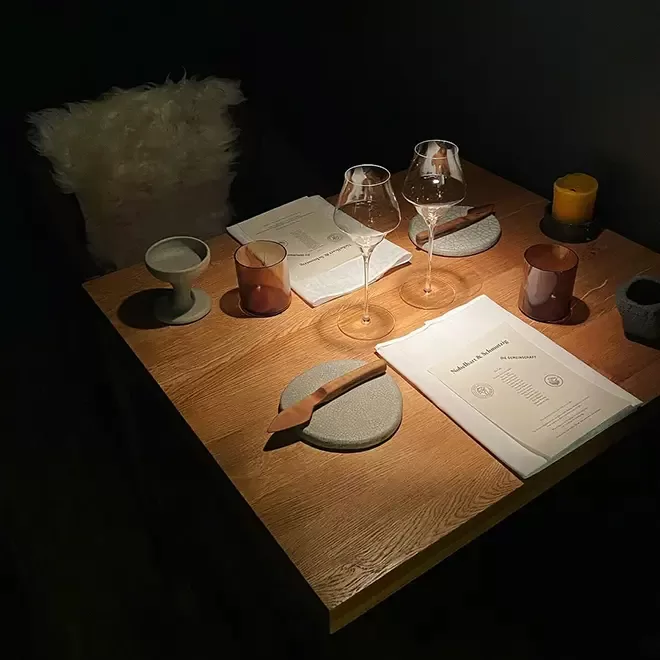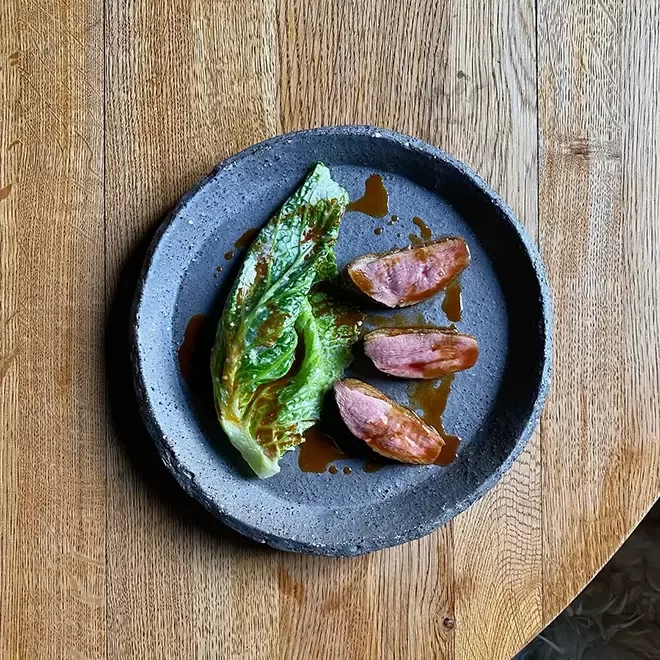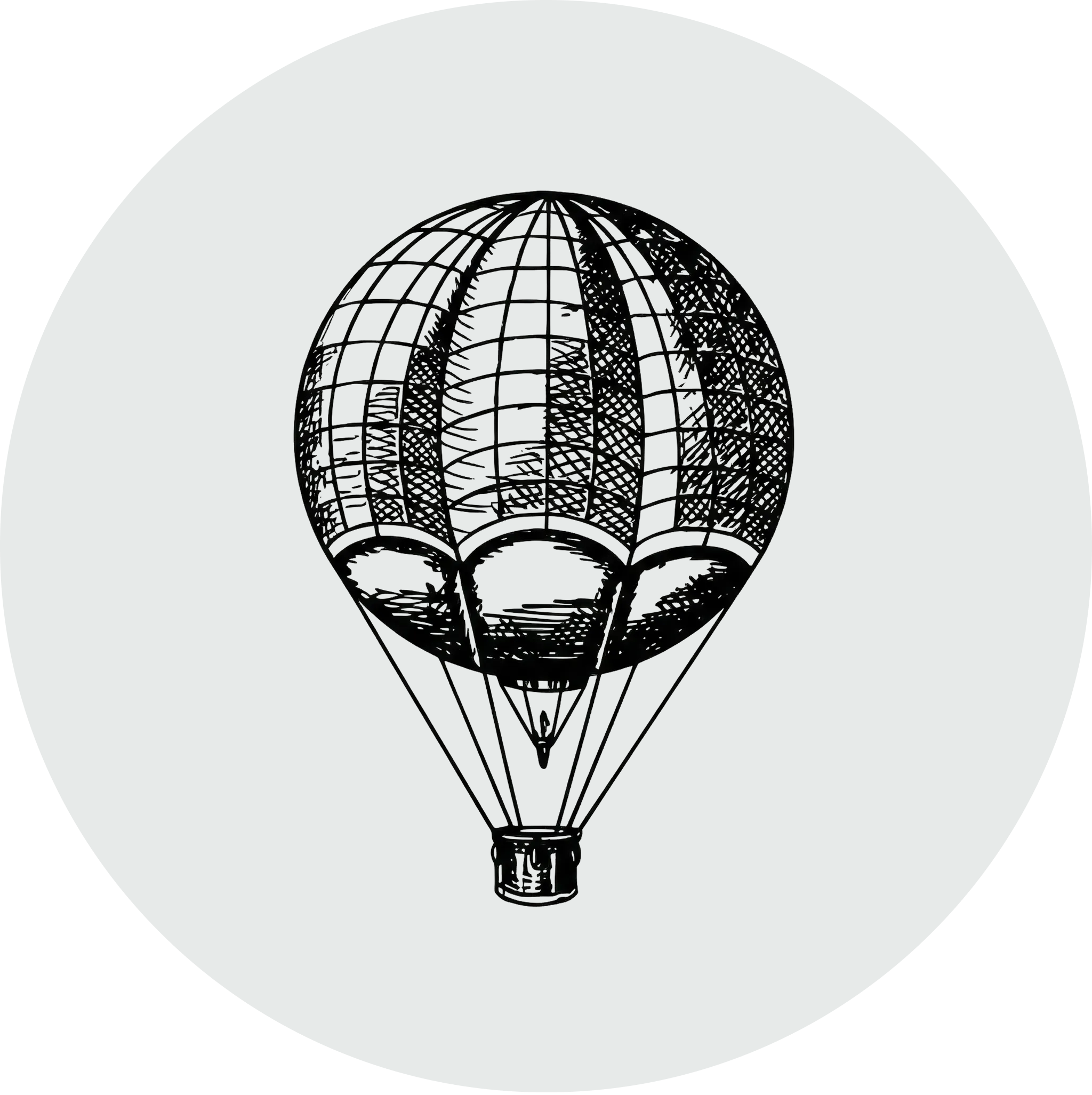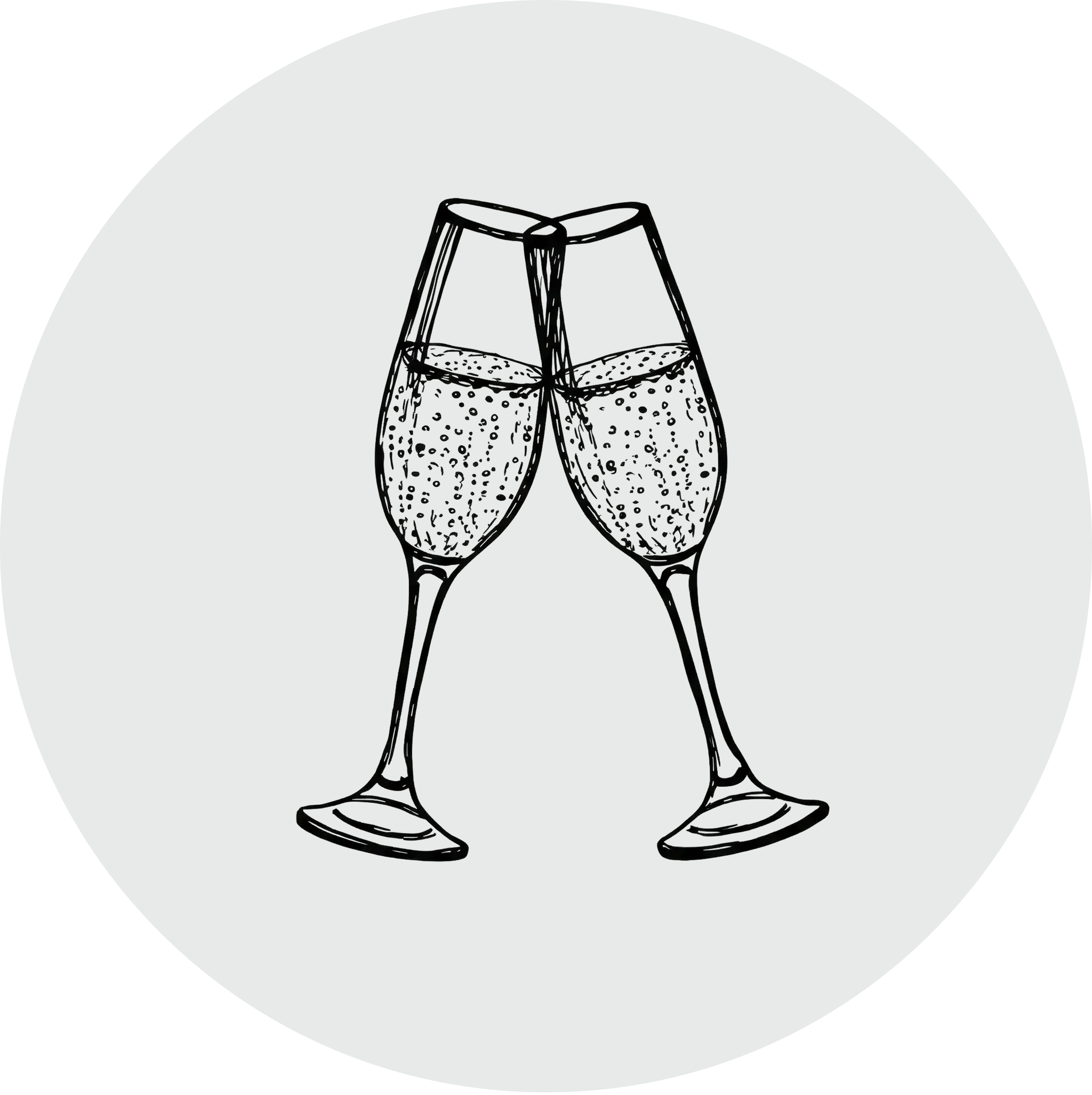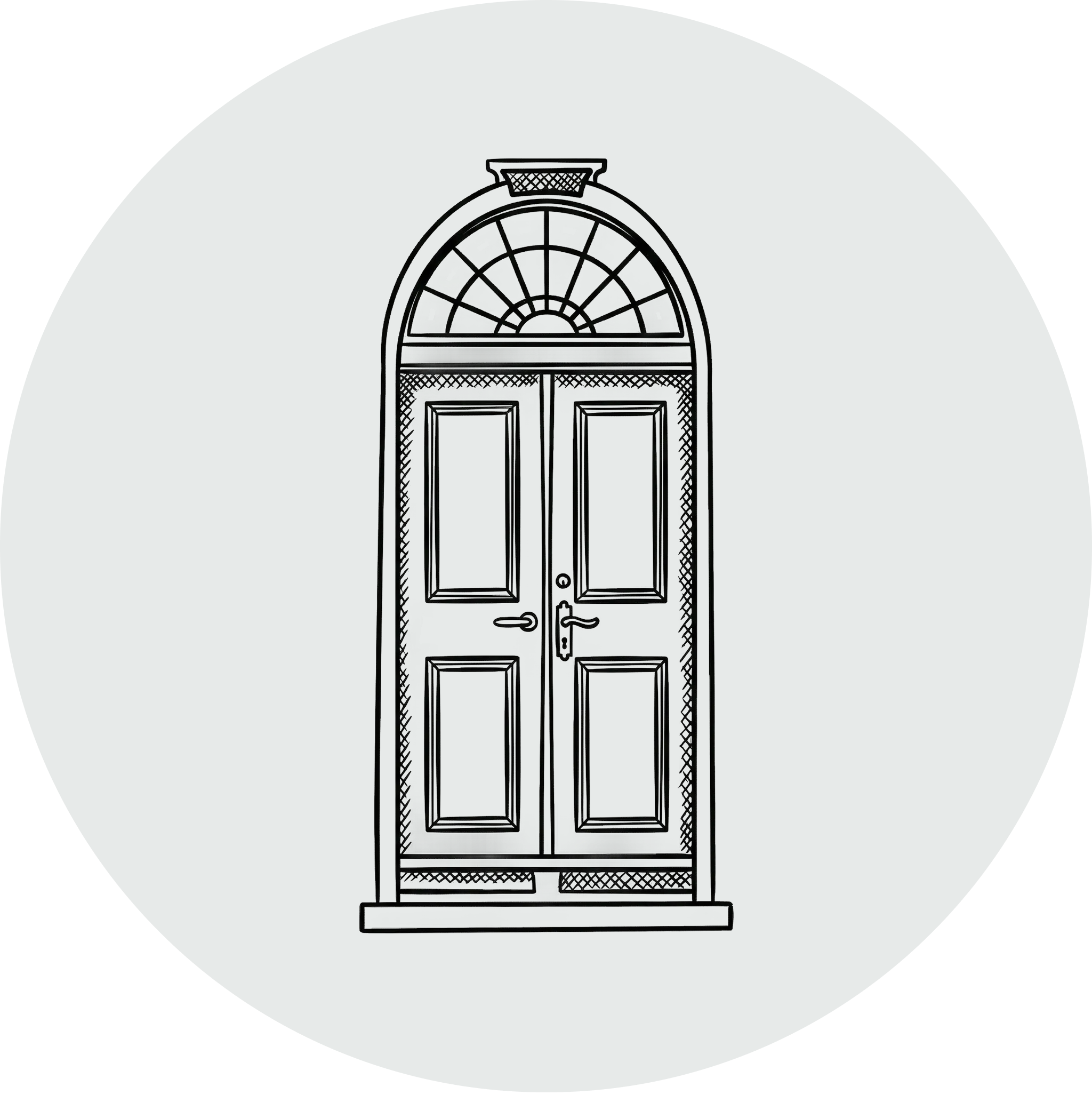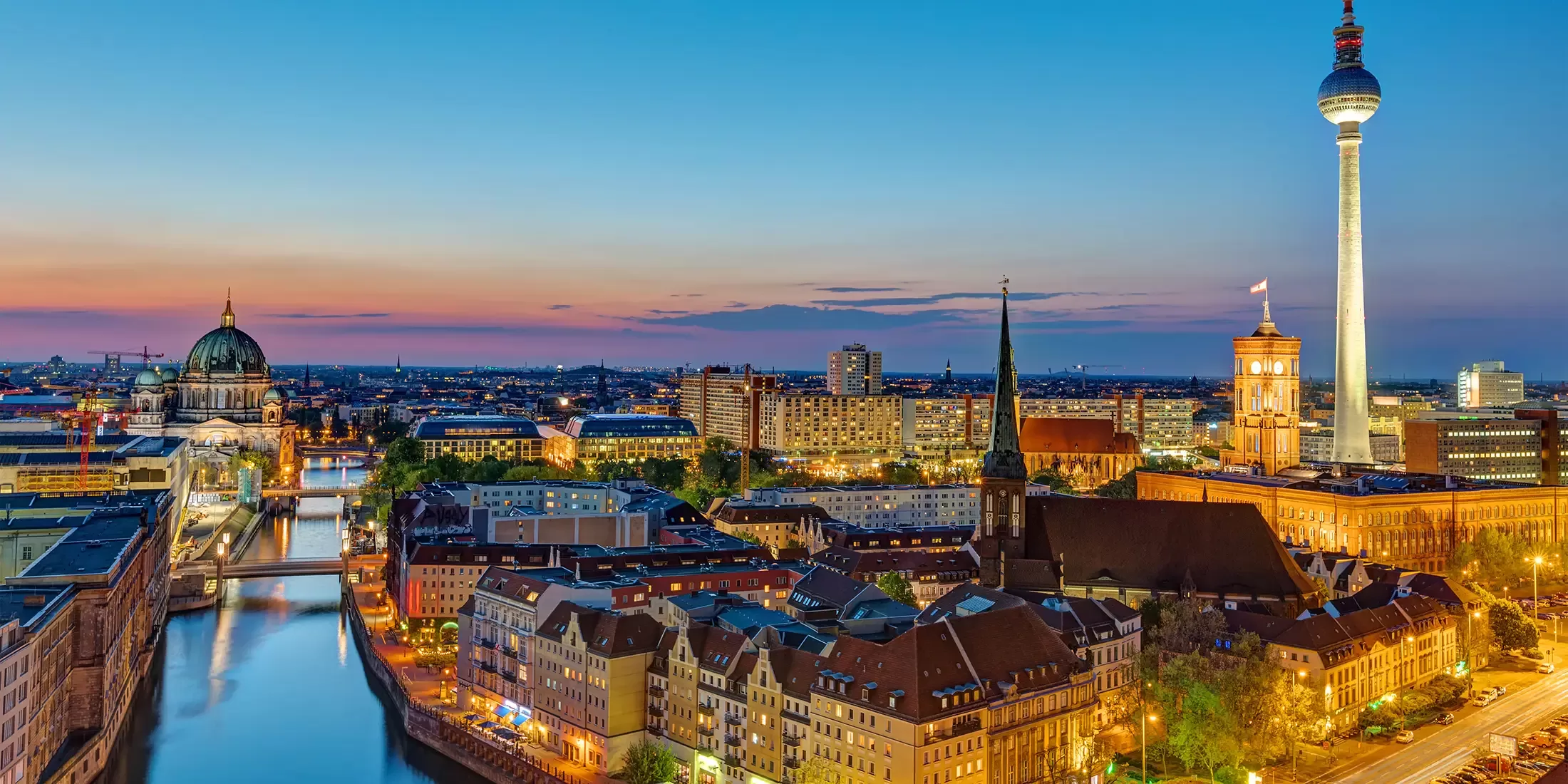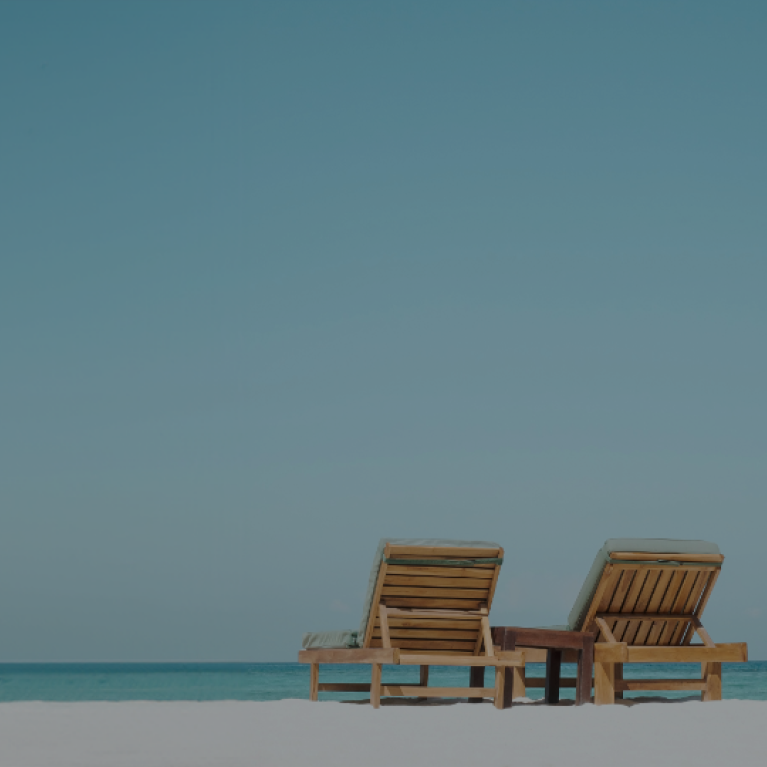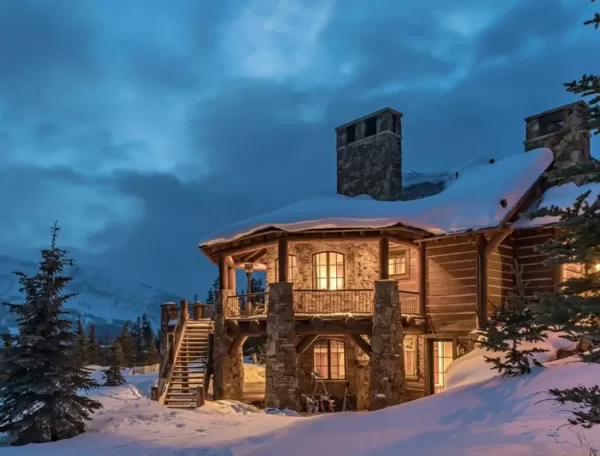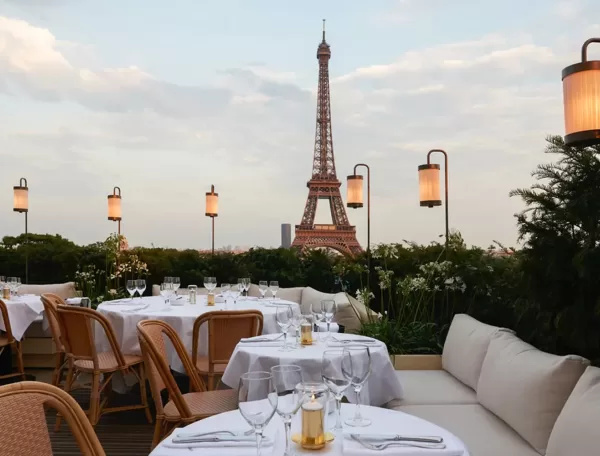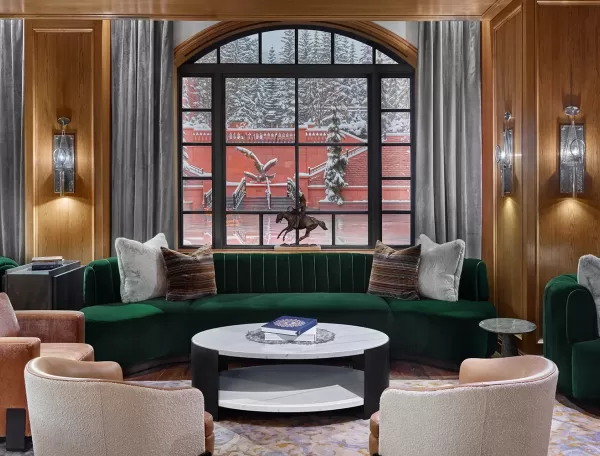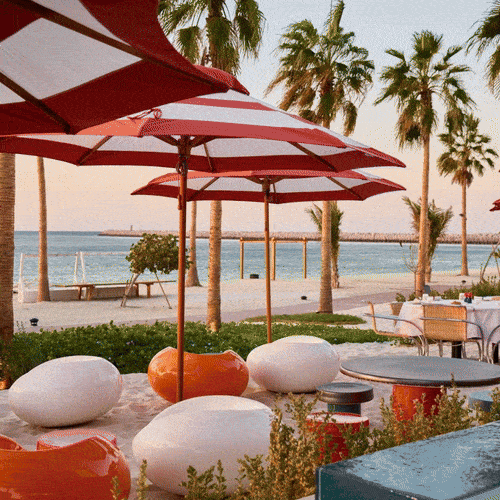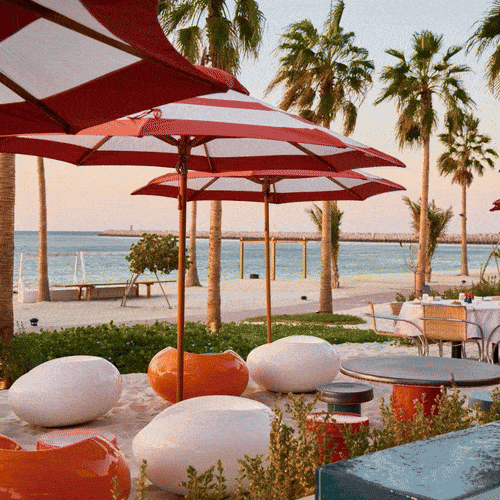From urban art to leafy parks, from revisiting history to rearranging geography, the German capital can be the most exciting city for those in the know.
DAY ONE
A stroll under the linden trees
You’ll need to walk off your breakfast at the recently refurbished Hotel Adlon Kempinski, where a bright velvet revolution has enhanced the soothing Mitteleuropa vibe. Happily, right outside your door is the Brandenburg Gate, marking the start of the Unter den Linden (“under the linden trees”), the main east-west boulevard.
Strolling east, you will pass the Staatsoper building, which looks like it has been iced with pink fondant, and Bebelplatz, where crowds contemplate Micha Ullman’s underground installation – empty shelves visible through the cobbles – marking the spot where the Nazis burned books. After a mile and a quarter, on your right, you’ll reach the Spree river and Museum Island, home to the legendary bust of Nefertiti and the Pergamon Altar – and five world-class museums with works from Ancient Egypt, Byzantium and Berlin.
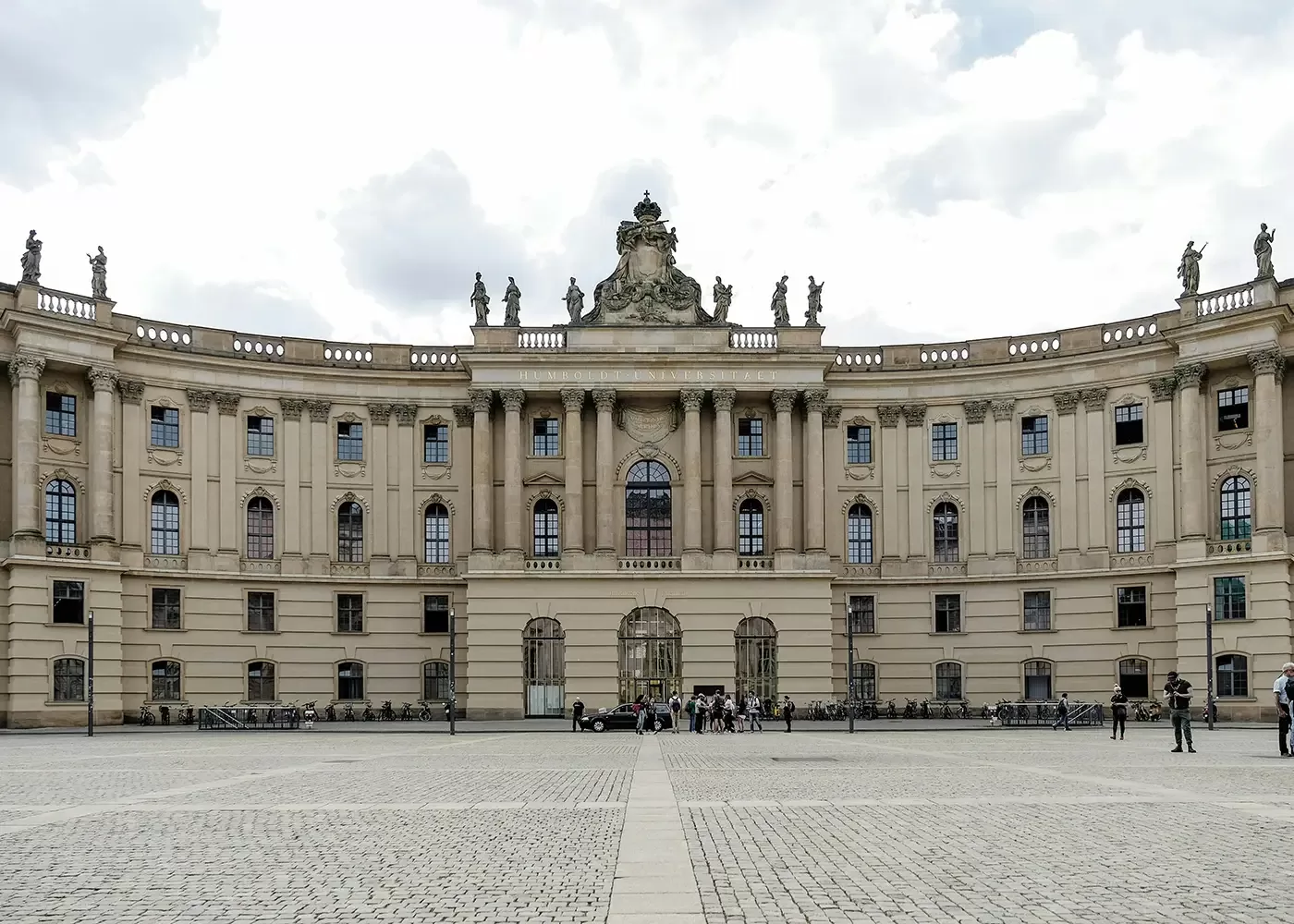
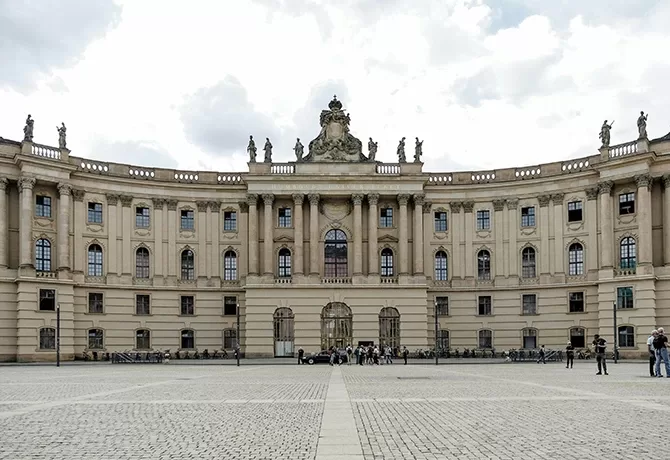
Bebelplatz
Chilling in the sun
Although it is often still warm enough in early autumn to wear a T-shirt, it can also be just crisp enough to appreciate Berlin’s cosiness. Cafe owners in Mitte, the most central borough, wedge candles into bottles and drape outdoor drinkers with lurid felt blankets to keep them warm. In between browsing the boutiques and art galleries of this compact area, you are just as likely to find yourself sipping an Aperol Spritz in designer shades as you are to sip hot chocolate looking like an elf.
For tea and kuchen try Clärchens Ballhaus, a charmingly dilapidated ballroom on Augustrasse, with has a garden like Helena Bonham Carter’s hair and fairy lights that twinkle rain or shine. For superb pastrami on rye seek out Mogg, hidden inside a Bauhaus style former Jewish girls’ school on the same street a couple of blocks along.
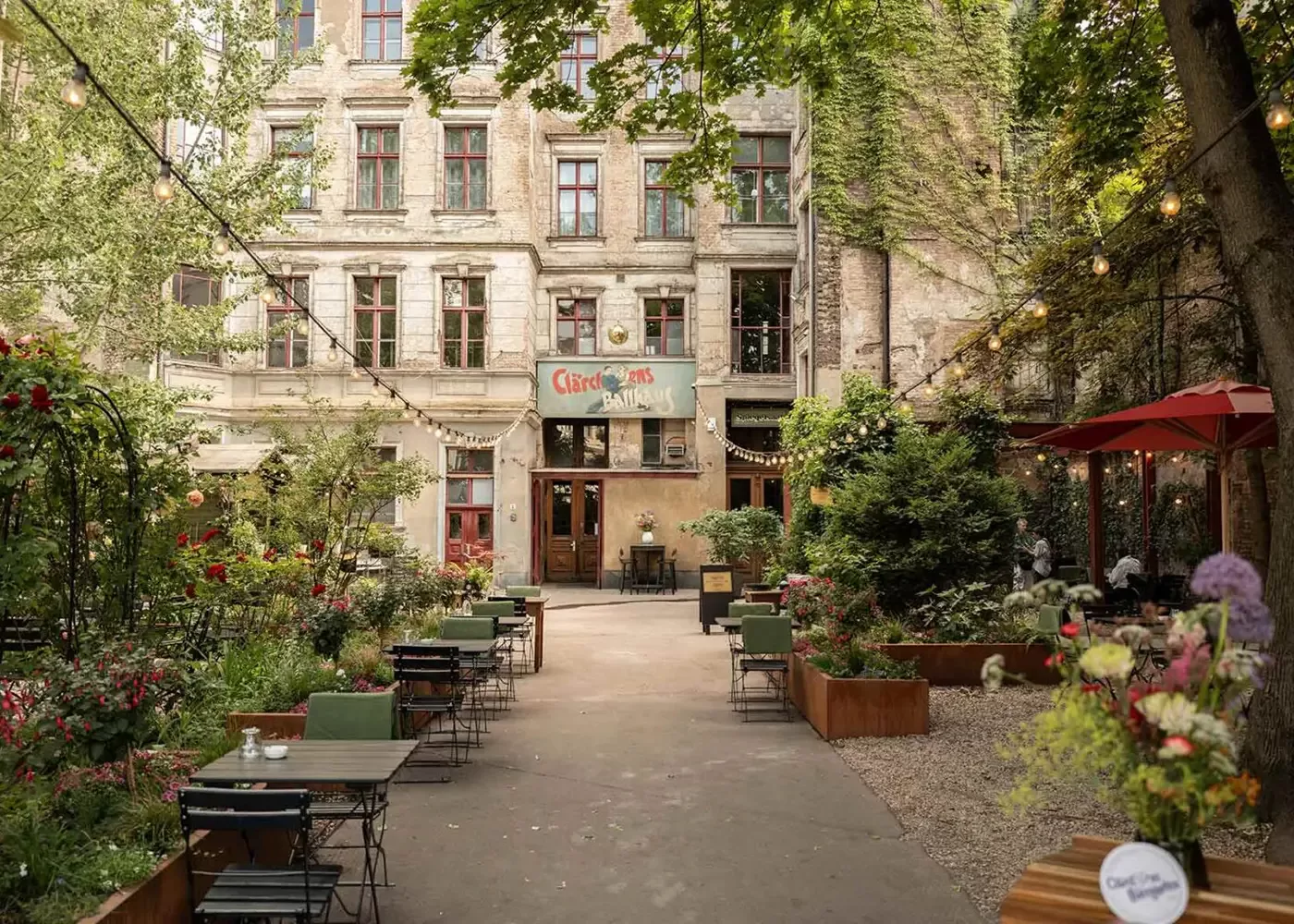
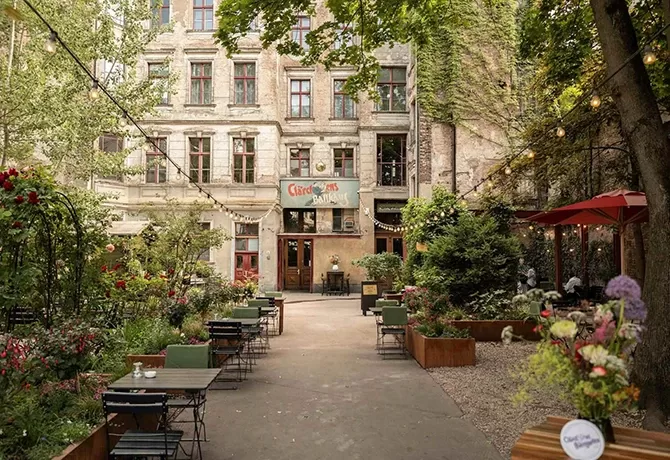
Clärchens Ballhaus
Prost, Prost, Prost
Drinking in Berlin is taken seriously, whatever your poison. If beer is your thing, the city’s oldest beer garden Prater Garten, on Kastanienallee, is open until the end of September. But you can enjoy beer and hearty traditional dishes such as königsberger klopse (meatballs) and schnitzel inside its wood-panelled restaurant all year.
If cocktails are more your thing, Bar Tausend is pure distilled Berlin. First, you knock on the practically invisible door under the graffiti-covered arches of the S-Bahn rails on Schiffbauerdamm. You will be scrutinised through a porthole, and if chosen, you will enter what is a stylish bar, with more than a nod to the Weimar Republic era. To maximise your chances of gaining entry, you can reserve a table for dinner, which is Asian meets Ibero-American cuisine—naturally.
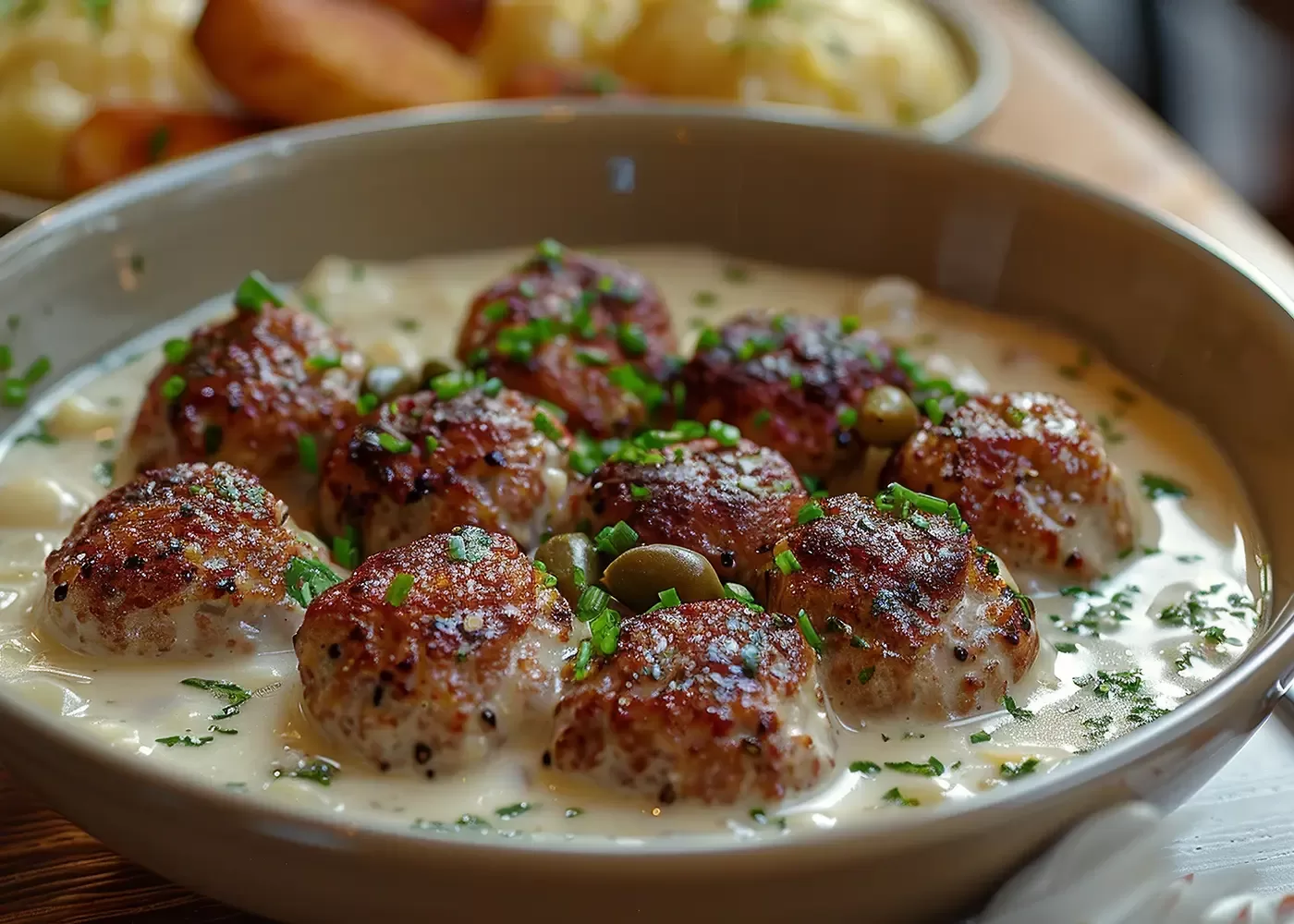
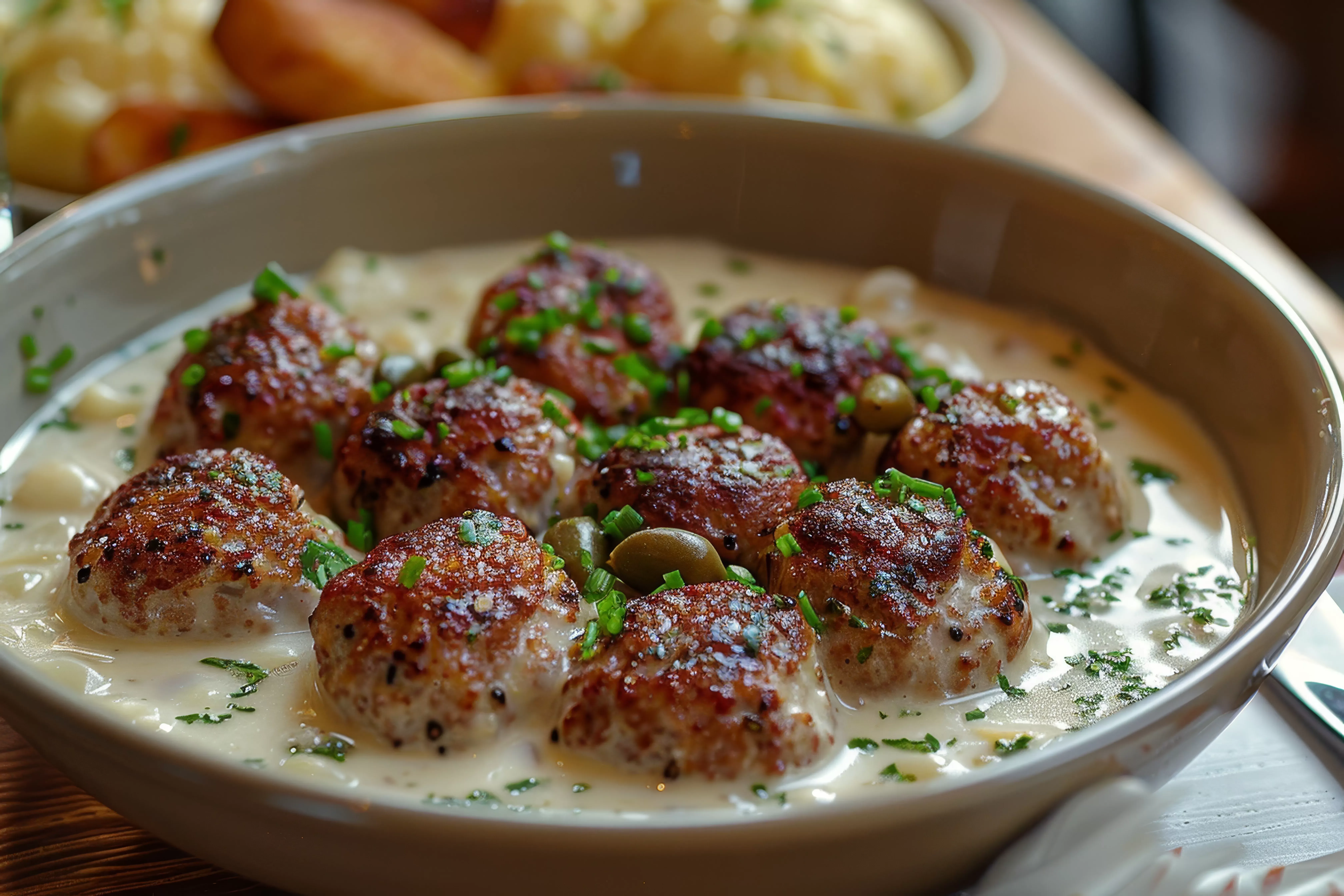
Königsberger klopse
DAY TWO
Park life
Berliners are rightly proud of the magnificent Tiergarten, the vast and varied park in the city’s centre. In summer, it is a joy to cycle around or sink into lush grass. On a crisp, chilly day, many residents find it even lovelier. The perfect autumn morning may be a healthy breakfast at the stylish boutique hotel SO/Berlin Das Stue Hotel then walking through the greenery, past the Siegessäule victory column, the Schloss Bellevue, the official residence of Germany’s president, and the futuristic conference hall Schwangere Auster.
It may be hard to resist stopping at the Cafe Am Nuen See, inside the park for a Bavarian light beer and brezels. You could even score a cosy place for something more substantial inside in the chalet-style restaurant.
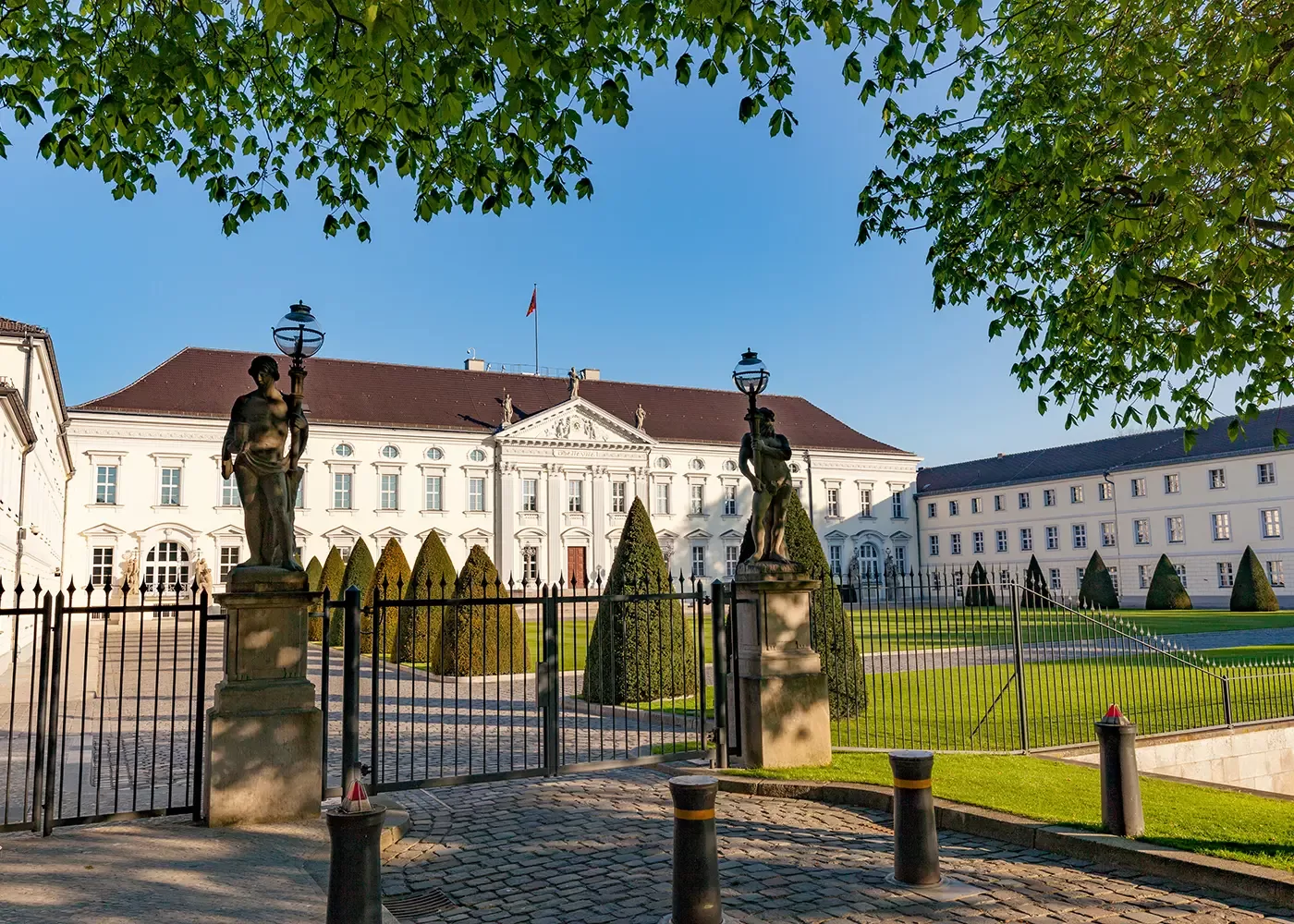
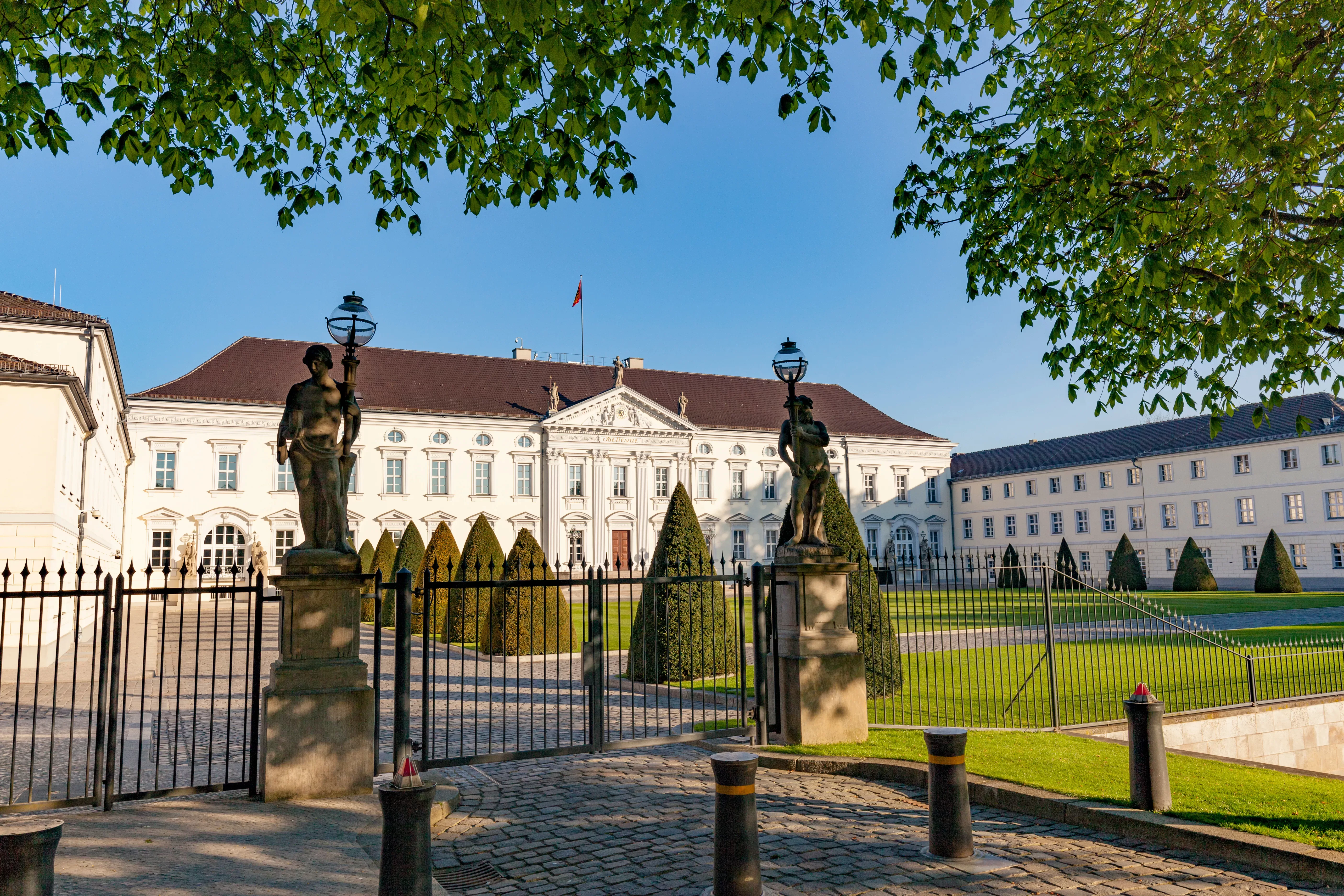
Schloss Bellevue
Schwitz like a local
Germans love their saunas, and after an exhausting day of sightseeing in Berlin or an exhausting night throwing shapes, you’ll find it is an easy habit to acquire. The most extravagant establishment to make, er, a splash in the city is Vabali Spa. Here, behind an inconspicuous entrance a five-minutes walk from Hauptbahnhof, the city’s central train station, lies a 20,000-square-metre wellness resort with a Balinese theme. In total there are 11 saunas, including a Russian Banja, nine wellness rooms and two day spa suites. There is also a huge outdoor swimming pool and restaurant in the grounds.
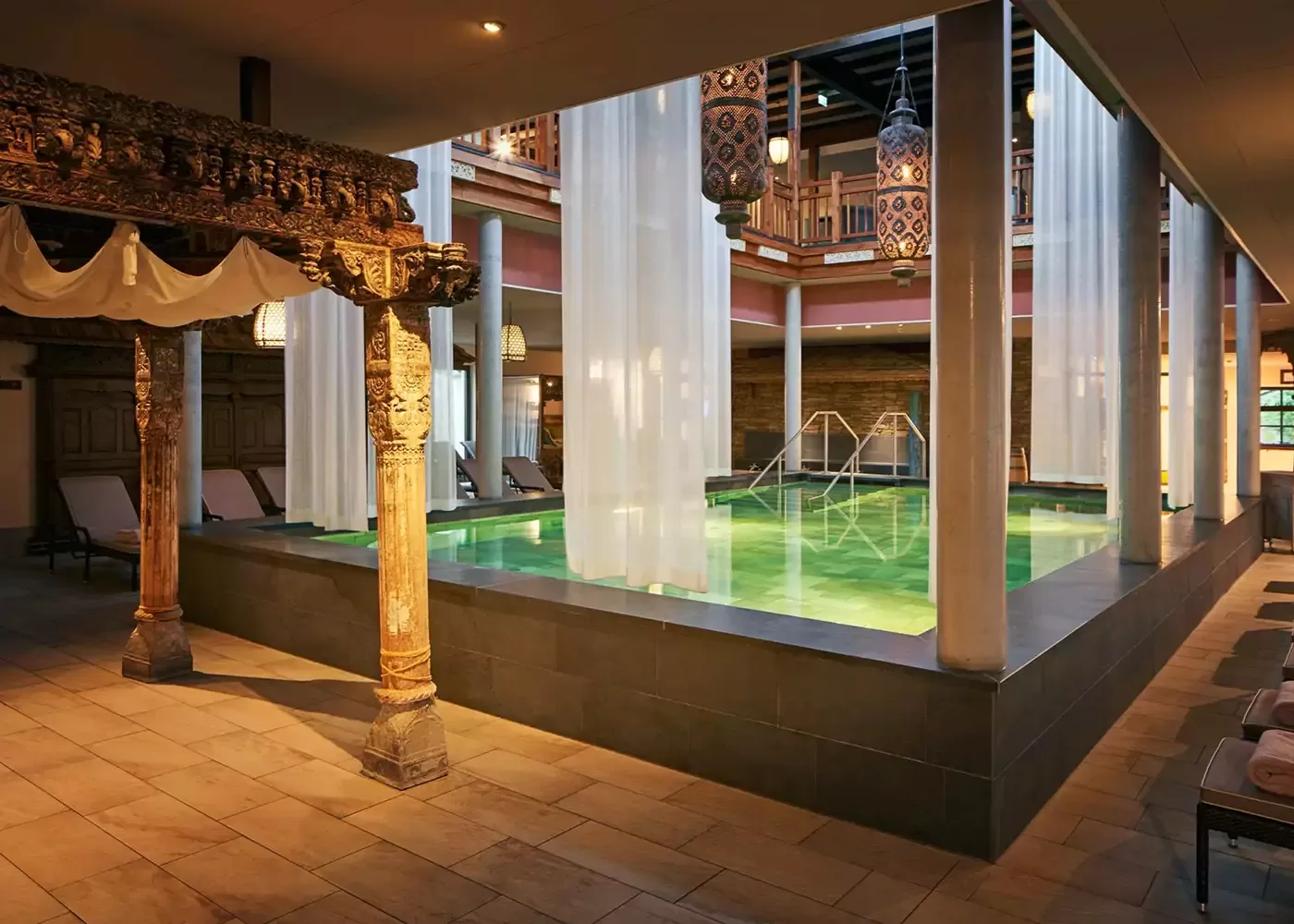
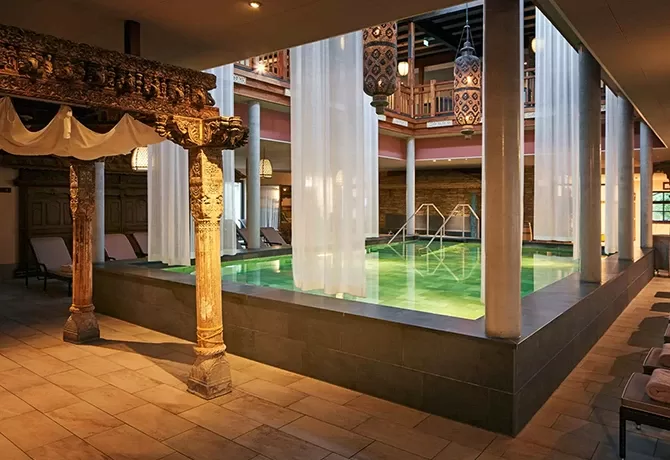
Vabali Spa
Counter culture
Schnitzel and sauerkraut might be the first things that spring to mind when it comes to dining in Berlin, but the city is experiencing is an ambitious new wave of German cuisine. Sustainability reaches new heights at Michelin starred-Nobelhart & Schmutzig on Friedrichstrasse, where guests sit at a counter wrapped around an open kitchen and are served a 10-course menu. Every course features a maximum of four locally sourced ingredients. So while a typical dish might be lamb’s neck or smoked eel with spinach, don’t dare ask for black pepper or lemon.
